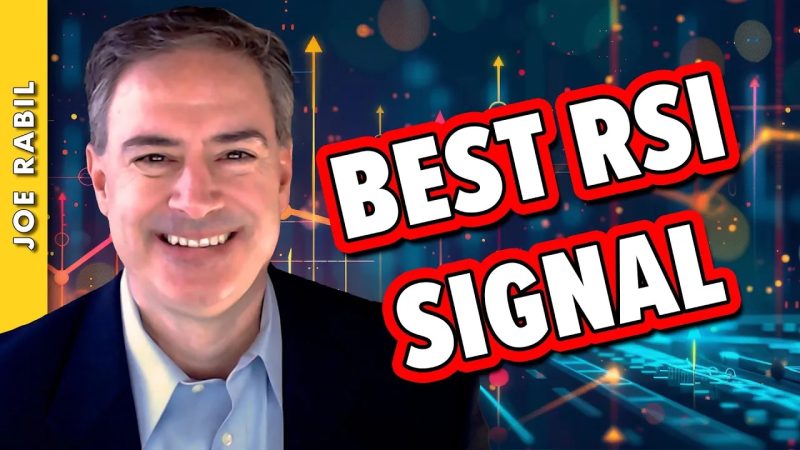The Relative Strength Index (RSI) is one of the most useful technical indicators in the world of trading and investing. Developed by J. Welles Wilder Jr. in 1978, this momentum oscillator has been embraced by numerous traders and investors all round the globe due to its effectiveness and efficiency. It measures velocity and magnitude of a security’s price movements. But among all the signals that RSI can produce, there is one that stands out as my favorite – the signal of divergence.
Divergence is an RSI signal that occurs when the price of a security is moving in one direction but the RSI is moving in the opposite direction. It’s my favorite because of its accuracy, its potential for spotting major market turning points, and the opportunities it provides to formulate high probability trade set-ups.
The RSI calculates its values based on overbought and oversold conditions. Former sees RSI value crossing above 70 marks, indicating an overheated market that might soon experience a price drop due to decreased buying pressure. Latter is represented by RSI value crossing below 30, which is a signal that selling pressure is reducing and the market is ripe for a reversal.
However, the real magic occurs when the RSI diverges from the price action. There are two types of divergence – positive and negative. Positive divergence happens when the price of a security is creating new lows, yet the RSI starts to rise. That suggests the downward momentum is losing its steam and a bullish reversal might be on the horizon. On the other hand, negative divergence happens when the price is making new highs, while RSI is beginning to fall. This hints at the dwindling upward momentum and a probable bearish reversal.
Why I consider RSI divergence my favorite signal is due to its ability to signal a potential change in trend ahead of time- quite often before most other indicators give such a hint. This early detection system provides me with a reasonable time to prepare and make necessary adjustments in my trading strategy.
Furthermore, divergence signals are highly reliable, especially when confirmed by other technical indicators or chart patterns. For instance, if I see a positive divergence forming on the RSI, I’ll often look for confirmation using candlestick patterns or support levels. If they too hint at bullish reversal, it boosts my confidence in a potential reversal.
The implementation of RSI divergence greatly benefits from utilizing stop loss and take profit orders. Considering the inherent nature of divergence, it’s like predicting a wind change without knowing exactly when it will occur. Utilizing a strict risk management strategy, alongside RSI divergence signal, adds an extra layer of protection and increases my chances of obtaining optimal profit from a trade while reducing potential losses.
In conclusion, out of all the signals that RSI produces, divergence is my favorite. Not only is it because of its potential for high accuracy, but also due to its early warning capacities and the opportunities it provides to formulate a high probability trading strategy. While a stand-alone RSI divergence signal can indeed magnify the success rate of my trades, combining it with other technical analysis tools makes it all the more powerful. RSI divergence holds a prominent place in my trading arsenal, aiding me in making informed and sensible trading decisions.




